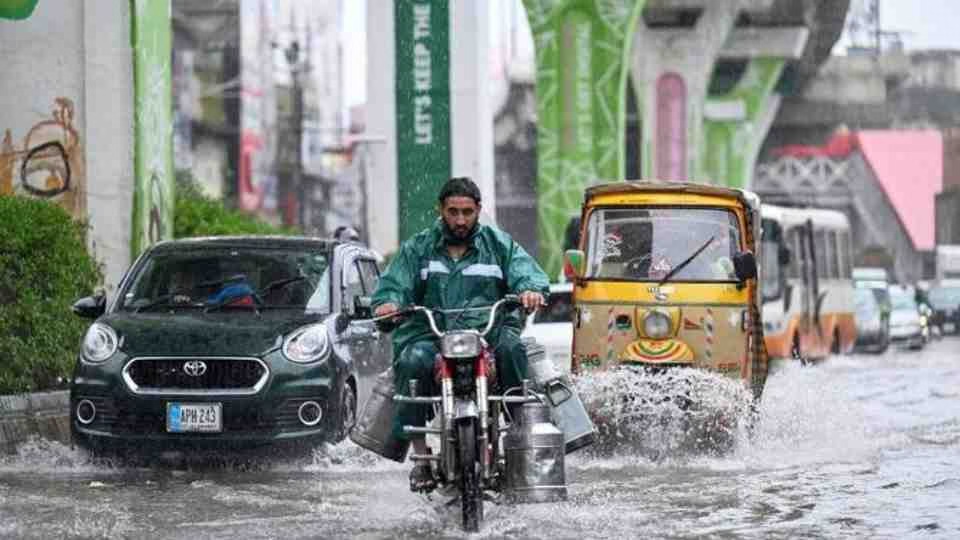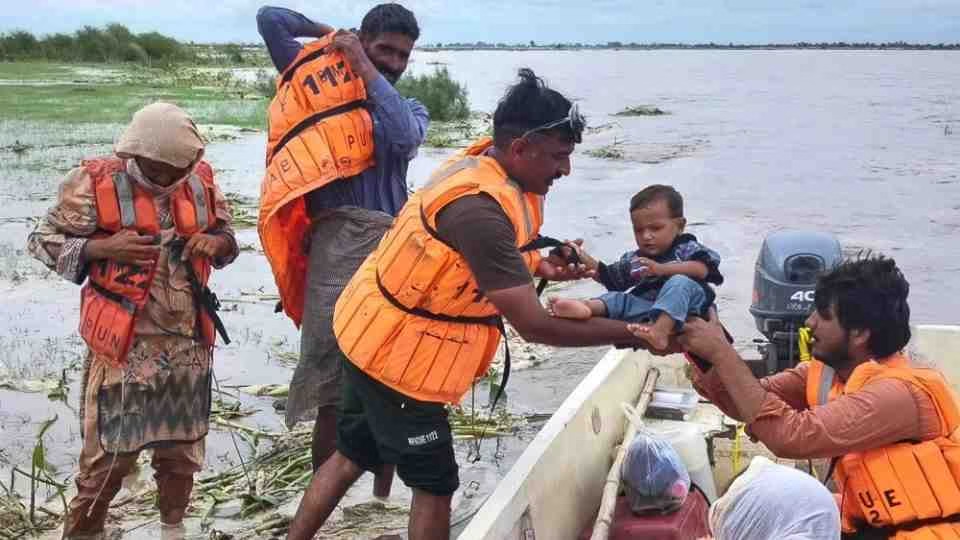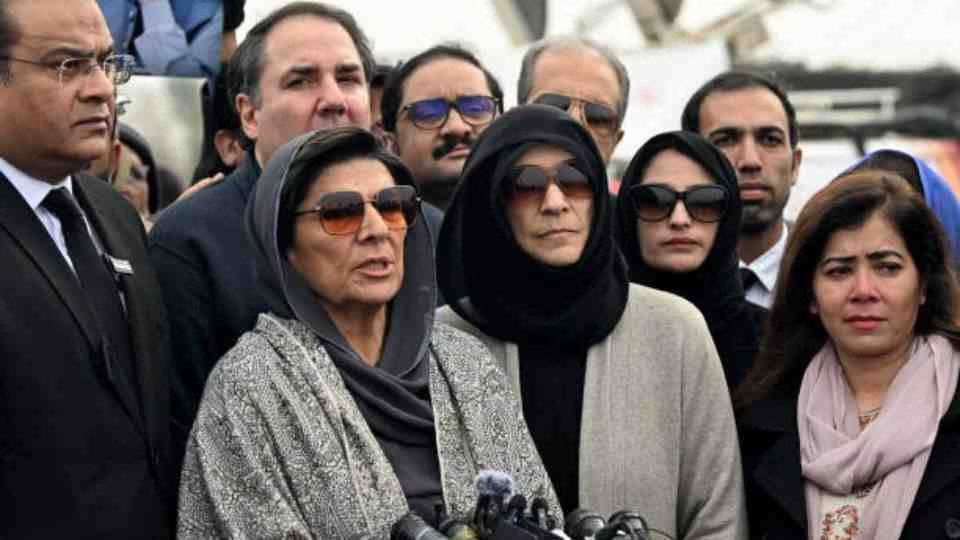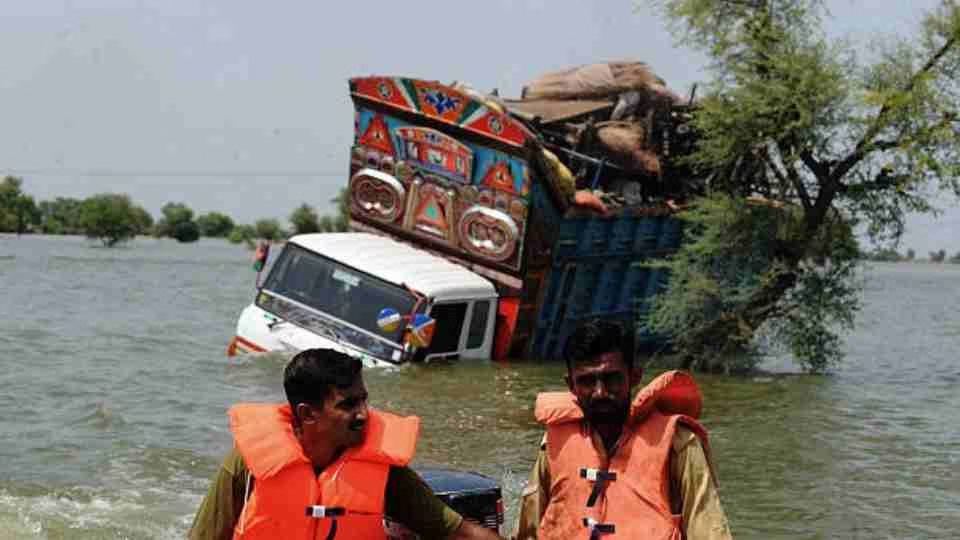Military personnel are actively assisting in the evacuation of stranded residents as local authorities mobilize emergency shelters and food distribution centers. According to Ali, comprehensive arrangements have been established for providing food, medical supplies, and sanitation facilities at relief camps. The National Disaster Management Authority (NDMA) has deployed federal stockpiles of emergency tents, food rations, and medical supplies to Punjab province.
Authorities report that timely evacuation efforts have prevented any casualties in districts affected by the Sutlej River flooding. However, Pakistan’s monsoon season has claimed 802 lives nationwide this year, with nearly 400 deaths occurring in August alone.

Prime Minister Orders Accelerated Response
Prime Minister Shehbaz Sharif convened an emergency session, instructing officials to intensify rescue and relief operations. “We must expedite evacuations, ensure immediate provision of food and medical assistance, and guarantee that every displaced family receives shelter,” the Prime Minister directed.
The Prime Minister also ordered the NDMA to strengthen coordination with Punjab’s Provincial Disaster Management Authority (PDMA) and instructed power and telecommunications ministries to prioritize restoring services in flood-affected regions, according to an official statement from the Prime Minister’s Office.
Weather Warnings Continue
The Pakistan Meteorological Department (PMD) has issued alerts for continued severe weather, predicting extensive rainfall, strong winds, and thunderstorms throughout northeastern Punjab and Kashmir today (Wednesday). Scattered showers are also forecast for Khyber-Pakhtunkhwa, central Punjab, Balochistan, and Sindh provinces.
The PMD warns that intense rainfall could cause urban flooding in major cities including Lahore, Sialkot, Narowal, Gujranwala, Gujrat, and Jhelum. Additionally, mountainous regions around Rawalakot, Poonch, Kotli, Bhimber, and Mirpur face potential landslides that could block transportation routes.
Recent 24-hour rainfall measurements show Sialkot received 228 millimeters of precipitation, while Lahore recorded up to 61 millimeters and Narowal saw 107 millimeters. Officials caution that additional rainfall, combined with cross-border water releases from India, will further strain already overwhelmed river systems.

Critical Hours Ahead
The NDMA Chairman emphasized the severity of the situation, stating: “We are facing a grave flood emergency. The coming 48 to 72 hours will prove decisive for Punjab province. We strongly urge citizens to stay alert and fully cooperate with emergency response teams.”
Lieutenant General Haider confirmed that all administrative divisions in at-risk areas have been placed on high alert, with federal resources supporting provincial and local authorities. He assured that displaced families will be able to return to their homes once the current monsoon system moves through the region.






